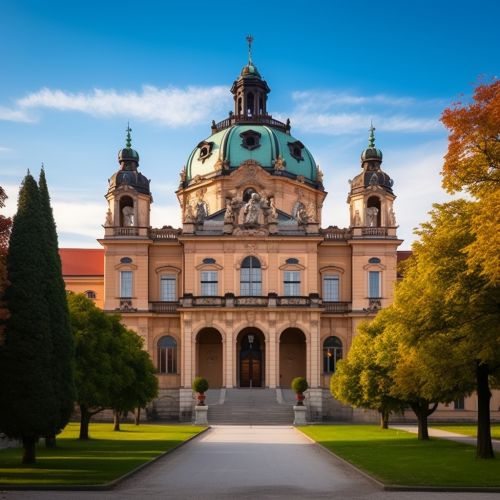University of Würzburg
History
The University of Würzburg was founded in 1402 and is one of the oldest institutions of higher learning in Germany. The university initially started with four faculties: arts, theology, law, and medicine. The university faced several closures during its early years due to political and religious turmoil. However, it managed to survive and thrive, becoming a center for scientific research and teaching.


The University of Würzburg played a significant role in the Age of Enlightenment with scholars such as Carl Caspar von Siebold, Franz von Paula Schrank, and Johann Lukas Schönlein contributing to its reputation. The 19th century saw the university making significant contributions to the field of sciences with the works of Rudolf Virchow, Friedrich Kekulé, and Wilhelm Conrad Röntgen, who discovered X-rays at the university in 1895.
Academics
The University of Würzburg offers a wide range of disciplines, from humanities and social sciences to natural and life sciences. The university is divided into ten faculties: Law, Medicine, Arts, Theology, Biology, Chemistry and Pharmacy, Mathematics and Computer Science, Physics, Human Sciences, and Business Management and Economics.
The university is renowned for its research-oriented teaching, with a strong focus on interdisciplinarity. The teaching at the university is closely linked to the research activities of the professors, ensuring that students are exposed to the latest developments in their respective fields.
Research
The University of Würzburg is a leading research institution in Germany and Europe. It is particularly known for its research in the fields of physics, medicine, and biology. The university has been the recipient of numerous research grants from the German Research Foundation and the European Research Council.
The university is home to several research centers and institutes, including the Biocenter, the Center for Experimental Molecular Medicine, the Institute of Computer Science, and the Institute of Mathematics. The university also hosts several collaborative research centers and graduate schools, providing a platform for interdisciplinary research.
Campus
The University of Würzburg's main campus is located in the city of Würzburg, in the region of Franconia in northern Bavaria. The campus houses several historic buildings, including the Old University, the New University, and the Institute of Anatomy and Cell Biology.
The university also has several modern buildings, including the Biozentrum, the Center for Operative Medicine, and the Z6 Student House. The campus provides a blend of historic charm and modern facilities, offering a conducive environment for study and research.
Student Life
The University of Würzburg has a vibrant student life with numerous student clubs and organizations. The university offers a wide range of cultural and sports activities, including theatre, music, art, and various sports. The university also hosts several events throughout the year, including the annual university festival, known as the "Uni-Fest".
The university also provides several services for students, including counseling services, career services, and international student services. The university's International Office assists international students with their transition to life in Germany and provides support throughout their studies.
Notable Alumni
The University of Würzburg has produced numerous notable alumni in various fields. These include Nobel laureates such as Wilhelm Conrad Röntgen, Klaus von Klitzing, and Hartmut Michel. Other notable alumni include former German Chancellor Kurt Georg Kiesinger, philosopher Friedrich Nietzsche, and poet August von Platen.
